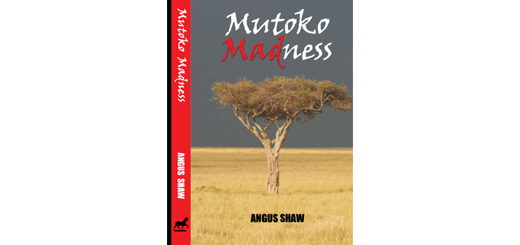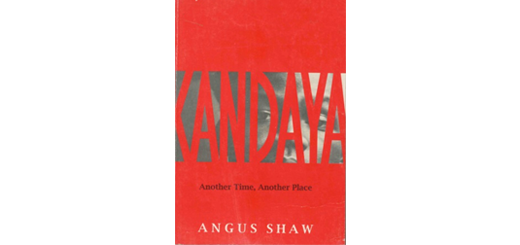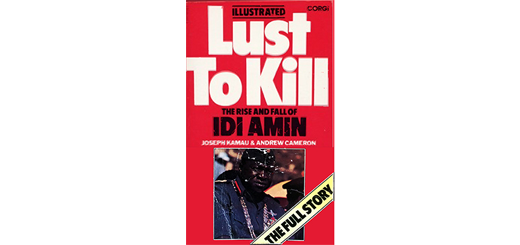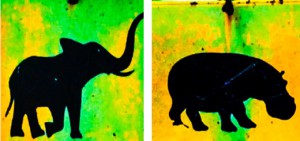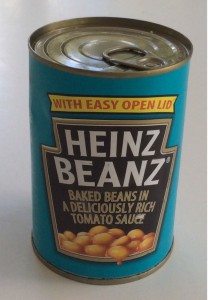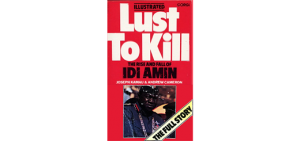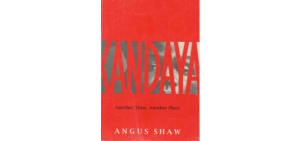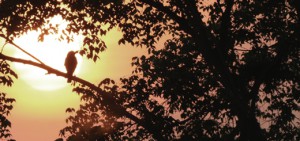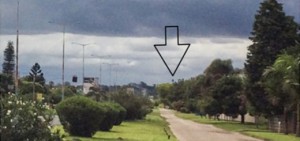After Mr Mugabe’s 91st birthday party in Victoria Falls, where elephant was served, an American newspaper wanted to know how to cook an elephant. There are difficulties of scale here. The African elephant is the world’s largest land mammal, far outweighing its Asian cousins. A crane or a huge block and tackle would be needed…
The test of a good baked bean is being able to snack it cold, right out of the tin. One of Zimbabwe’s first major investments after independence in 1980 came from the U.S. Heinz Corp. The necessary Michigan pea bean began successful cultivation locally. Outgrowers delivered the beans to the local Heinz Olivine factory and…
From the Air Zimbabwe in-flight magazine. I never got paid for it, not even a free flight to Bulawayo – due to circumstances beyond their control, they said. Over a lifetime, the Harare skyline has changed beyond recognition. With notable exceptions – the High Court, the foreign ministry, the Munhumatapa building ( time on the…
Published to coincide with the FIFA World Cup in South Africa in 2010. Watch this space for more on the progress of the Positive Ladies now. http://www.kubatanablogs.net/kubatana/soccer-is-a-life-saver-for-hiv-positive-ladies/ DOMBORAMWARI, Zimbabwe — For members of the Positive Ladies Football Club, playing soccer is much more than just a way to have fun. All its members are women…
TO THOSE WHO HAVE DIED CHAPTER I ‘The time is now ripe for us very seriously to consider how best we can ensure that there is a permanent return to a sense of unity, freedom and liberty in Uganda.’ Major General Idi Amin Dada Daybreak came abruptly – and with it, gunfire. Battle prepared troops…
I often used to wonder how Kandaya felt when we were closing in on him or his people. Sometimes they didn’t have a chance because we had the helicopters, the radios, the superior firepower, you name it, we had it. But Kandaya had stealth on his side. Some said he had the moral high ground…
Listen to the first things you will hear in the morning, when waking up in Zimbabwe and then in Syria. Dawn chorus in Zimbabwe Dawn chorus in Syria
The Roman Catholic sisters in Mbare dished out the fortified, nutritional drink mahewu, what food they managed to find and antiseptic creams and other basics donated by pharmacies, some time-expired but effective all the same. (There were politicians who hated this – and even tried to stop it – it was driven by charities, non-government…
The limp iPad is attributed to: Classic Doonesbury by Pulitzer Prize winning US cartoonist, author and satirist Gary Trudeau. (In 1981 he wrote a superb book on the new US presidency of the time entitled: “In Search of Reagan’s Brain”)
At first I disapproved of the “greening” of Zimbabwe’s cellphone towers. But then I took a longer, more contextual view and it didn’t seem too bad. Maybe that’s the way to look at life. The tower in Chitepo Avenue seen from Samora Machel East.
